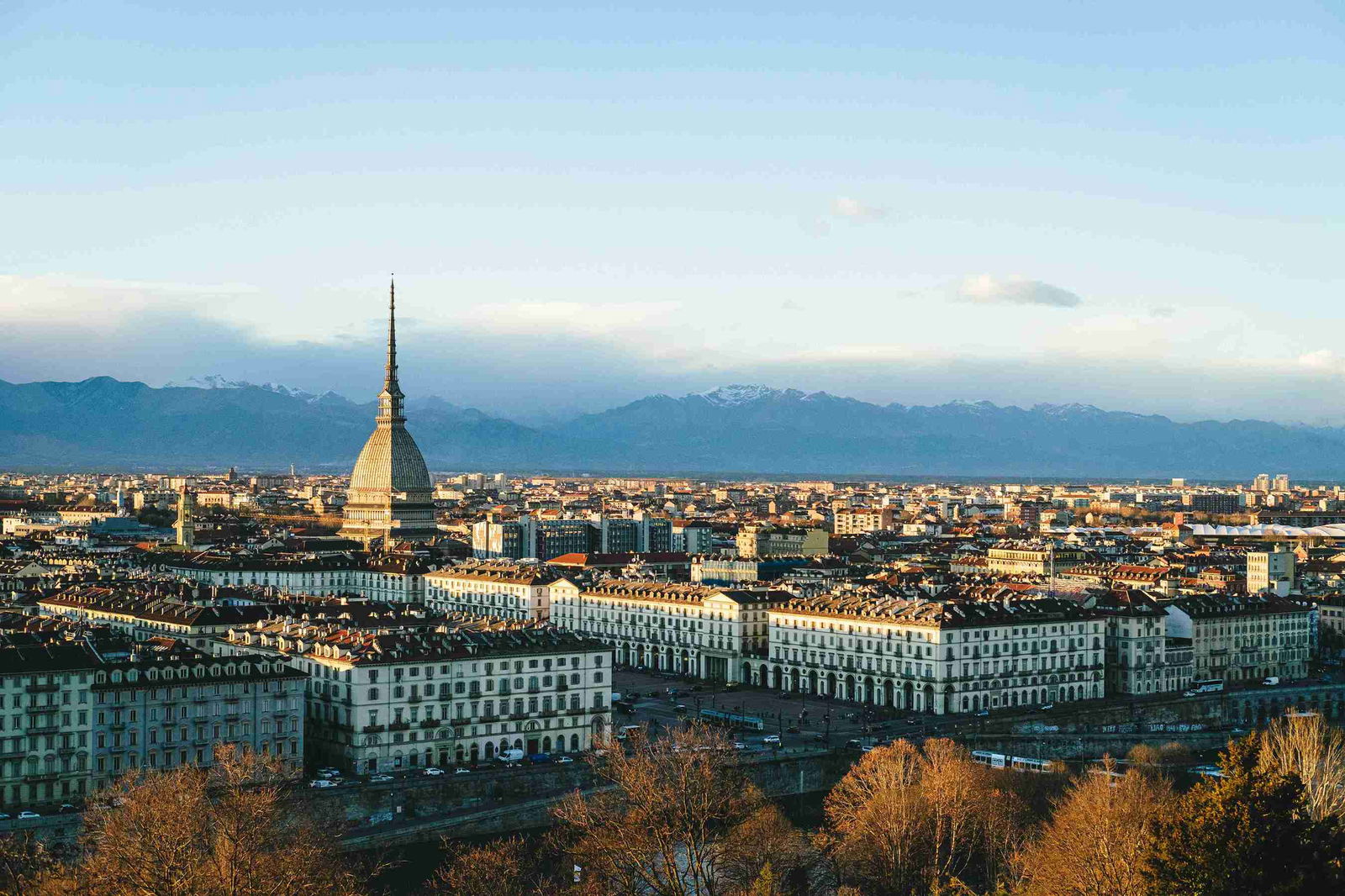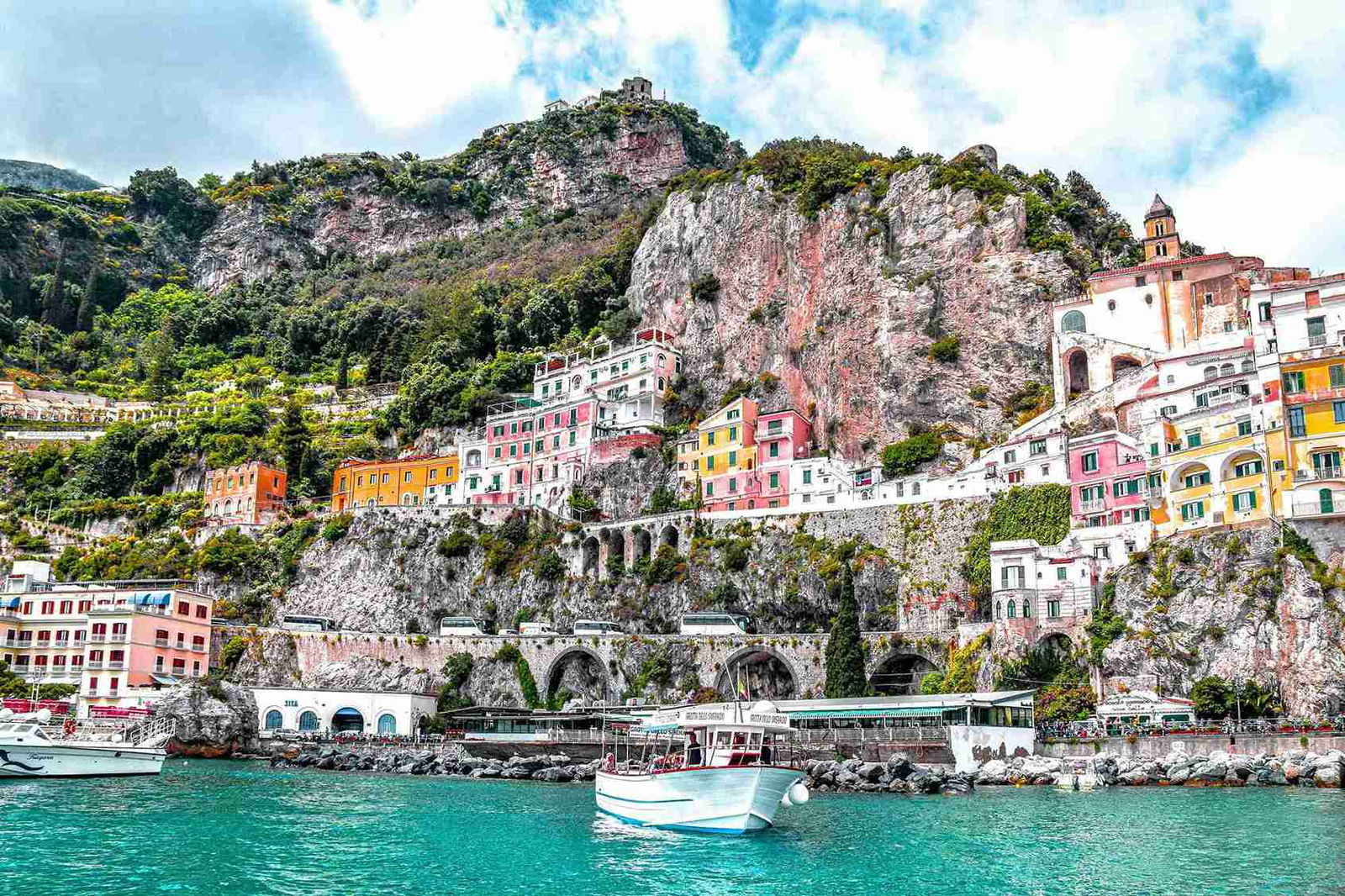Italy has always been a hotspot for innovation and beauty in the world of design. Far beyond the confines of fashion and architecture, however, the European peninsula boasts a range of options for students looking to study all disciplines of design, from applied artistic options including product and graphic design to more technical fields of study including transportation and mobility design.
Italy shines in Europe as a study abroad option, boasting a range of exceptional universities, some of the most affordable tuition fees in the entire continent, and relatively low cost of living. And this isn’t even considering the beauty of the country itself, the world-famous culture and, of course, the food.
If the thought of enjoying pizza and pasta in the country of their birth isn’t enough to get you interested, then read on through our comprehensive guide to studying design in Italy.
Italy’s place in the world of design
First things first: what are your options? There are a host of Italian universities offering design courses, but some of the top options include:
- Accademia Italiana
- IAAD (Istituto D’Arte Applicata E Design)
- Politecnico di Milano
- University of Bologna
- Sapienza University of Roma

These universities offer a wide range of design disciplines with programmes ranking highly on both a domestic and global scale. Whatever field of design you’re looking to get into, you won’t have to look far to discover a multitude of options in Italy, be that fashion, product, graphic, brand, communication or more.
As a student of design, Italian cities offers endless inspiration from their medieval architecture and portico lined streets. One consideration is a Master’s degree in Design Craft at Accademia Italiana. While only a single example of the range of design degrees available throughout Italy, this option perfectly sums up why Italy is such an exciting destination for anyone looking to study design.
Based in the iconic city of Florence at the foot of the Tuscan hills, this course focuses on the production processes, techniques and market of the artisanal product and "Made in Italy," enhancing the contemporary artistic craftsmanship typical of Tuscany. The degree is recognised by the Italian Ministry of Education, making this an excellent option for those who may wish to stay on and try to pursue a career in Italy. The international focus of the university and the small-scale classrooms really lend itself to the intimate learning experience of this degree, where the high skilled professors will be able to dedicate more time to each student.

The Application Process
Approximately 100,000 international students find themselves studying in Italy a year, primarily thanks to the relatively low cost of tuition, the funding opportunities and the sheer variety of course on offer. But what does the application process look like?
Firstly, it’s important to note where you’re applying from. If you’re coming from a fellow EU country, you won’t need a visa to study in Italy as long as you:
- Will be studying for more than three months
- Are enrolled at an approved university/education institution
- Registered at a local police station
- Can prove a sufficient income to live without support
- Are covered by comprehensive health insurance.
For those outside the EU (including the UK), the process is slightly different. You must first apply for an Italian study visa type D (for stays exceeding 90 days) at your local Italian embassy or consulate. You’ll be asked to provide:
- An entry visa application form and the €53.90 admin fee
- A valid passport
- Proof of language proficiency in Italian or English (depending on your chosen study programme)
- Evidence of sufficient funds (at least €8,800 per year)
- Valid health insurance details
- An acceptance letter from an Italian institution.
Outside of these legal details, you will of course need to thoroughly research your institution and meet their individual requirements for entry — this may even include sitting an entrance exam. It’s important to note that many of the documents you may be asked for (including academic transcripts and enrolment form) will be required to be translated into Italian.
Why Italy?
Italy is an incredibly popular holiday destination for tourists all across the world due to its cultural significance, ancient history and beautiful landscapes and cities alike, but what is it like to live there as a student?
Cost of Living
As with most things in life, the answer is not a simple one. Italy has some of the lowest tuition fees in Europe and, on the surface, can seem to be a cheap destination for study abroad students to spend a year. However, the cost of living can dramatically vary from city to city.
A commonly figure for cost of living for foreign students living in Italy is between €700-1000 per month, but this number can inflate dramatically in cities such as Milan or Rome. There’s a range of differing accommodation options to consider, some of which can cut your costs significantly. For example, living without other students or even housing with a willing Italian family (which boasts the added benefit of an immersive language learning opportunity).
One budget friendly option to consider is Turin. As well as being a classically beautiful Italian destination, it is renown as being one of the most affordable cities in the entire country. Another motivation to consider Turin as a design student is the presence of an Istituto D’Arte Applicata E Design (IAAD) — often considered one of the most prestigious design universities in Europe — which has a campus in both Bologna and Turin.

A popular course at IAAD is Transportation Design, where both a Bachelor's and Master’s degree can be completed. As a very competitive field of expertise, being able to boast the skills and experiences acquired from spending a year in Italy will put you ahead in the running to enter into this prestigious industry that is quite literally shaping the structure and foundation of the modern world.
Much like the city of Turin itself, IAAD prides itself on offering design courses that are affordable, never compromising on quality, and with faculty composed of experts in each field. Much like degrees from the aforementioned Accademia Italiana, degrees from IAAD are also recognised by the Italian Ministry of Education, giving real, tangible weight to your accomplishment and future prospects.
Travel
An integral part of the study abroad experience is experiencing the country you’re living in, and this cannot be achieved in the confines of a university hall. Fortunately, Italy is one of the most beautiful countries in Europe, with cheap and frequent transport links connecting the entire country.
From almost any university in the country you’ll be a mere stone’s throw away from the classic Roman architecture of the capital, Rome; the breathtaking Tuscan hills; the sparkling azure seas of the Amalfi Coast; or the dreamscape waterways of Venice.

And why stop in Italy? Travel through the European Union is equally affordable and accessible, meaning that you’ll have a range of neighbouring countries to explore in your free time including the mountains of Austria and Switzerland, the French Riviera, or lesser known gems such as Slovenia, the gateway to the Balkans.
Culture
And enjoying culture and travel doesn’t mean having to sacrifice the excitement of university life. Italy is a country that runs on late nights spent sipping wine and dining on delicious food in candle-lit restaurants. In the evening, when many other cities around the world are starting to turn off for the night — most Italian cities are only starting to come to life.
While late night meals might take some adjustments, you’re sure to learn just as much from the people you meet in the bars and restaurants still pulsating with energy in the evening hours as you are in the pages of your textbook.
Where to next?
Pursuing a design degree abroad in Italy is more than an academic choice, it's a strategic investment in your future. The experience cultivates a global mindset and a refined aesthetic sensibility, both of which are highly prized in today’s interconnected design industries.
These qualities, combined with the ability to navigate diverse cultural and professional environments, position you ahead of your peers in a competitive job market.
And this isn’t even considering the personal growth that inherently comes with any form of study abroad programme. The confidence you’ll acquire is truly unique, and something you’d struggle to find anywhere other than on a year spent in a different culture.
You can explore the full range of programs in Italy here.

